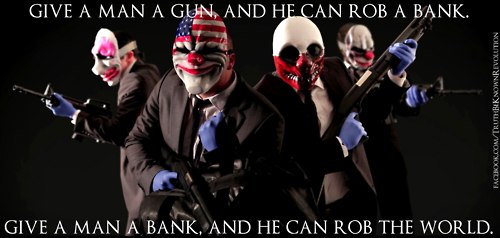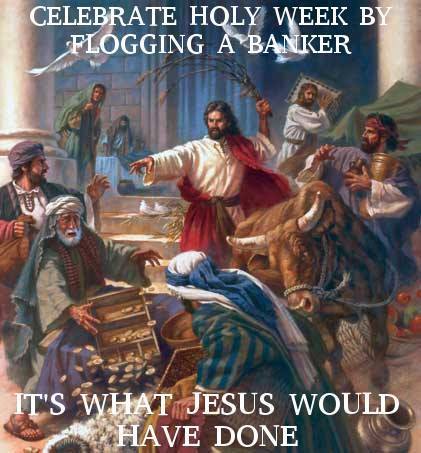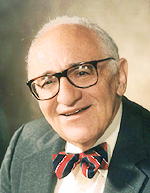Hedge Fund Boss Lost £350 Million & Gets 13 Years [
24 January 2015 ]
It sounds like a
great example - putting him in prison that is. Think of all those
bankers who walked away laughing after breaking various banks in the
Financial Crisis 2008. It not what
you know. It's who you know.
Banks Hide $14 TRILLION In Footnotes Of Their Accounts
[
18 September 2017 ]
QUOTE
The
world’s top financial watchdog has uncovered $14 trillion of
global dollar debt hidden in derivatives and swap contracts,
a startling sum that doubles the underlying levels of
offshore dollar credit in the international system.
The scale of this lending greatly increases the risk of a
future funding crisis if inflation ever forces the US
Federal Reserve to tighten hard, draining worldwide
liquidity and potentially triggering a dollar surge.
A forensic study by
the
Bank for International Settlements says enormous
liabilities have accrued through FX swaps, currency swaps,
and ‘forwards’. The data is tucked away in the “footnotes”
of bank reports. “Contracts worth tens of trillions of dollars stand open and trillions change hands daily. Yet one cannot find these amounts on balance sheets. This debt is, in effect, missing,” said the BIS analysis, written by team under chief economist.
UNQUOTE
A trillion is a thousand billion & very serious money. Casino bankers love gambling
with other people's money, their retirement funds etc.
Wall Street is about utterly unlimited greed. It is private profit and
public loss. When Goldman Sachs fouls up we get to pay. That is why they have
their own running the
Federal Reserve. The
current boss is
Janet Yellen,
a Jew, the previous two were
Bernanke &
Greenspan, Jews both, just like Goldman. You might notice a pattern here,
one of monstrous shenanigans/goings on/manipulation/finagling or even [ whisper
it ] fraud. Of course auditors are worthless. E.g.
Arthur Andersen
passed Enron's accounts,
multigigabuck fraud notwithstanding. The same clerks are now doing the same with
different firms.
Barbarian Traders With Major Banks Used Fraud To Manipulate Euribor
[ 20 July 2018 ]
QUOTE
Two multi-millionaire traders who plotted to rig a global lending rate have
been jailed for over 13 years.
Philippe Moryoussef, 50, of Barclays and
Christian Bittar, 46, of Deutsche Bank, conspired to manipulate the Euribor
lending rate so they could make even more cash on top of their ‘staggering’
salaries. Achim Kraemer, 54, who worked for Deutsche Bank, was cleared of
the charge.
But the jury failed to reach verdicts in
relation to former Barclays traders, Sisse Bohart, 41, Colin Bermingham, 62,
and Carlo Palombo, 40, who will be retried in January.
UNQUOTE
The
Mail alleges that they are French but the names tell the truth; they are
North Africans, Barbarians & naturally
thieves. One was bright enough to scarper before the excrement got in to the
cooling system.


 Murray
N. Rothbard (1926-1995), the founder of modern libertarianism and the dean of
the Austrian School of economics, was the author of
Murray
N. Rothbard (1926-1995), the founder of modern libertarianism and the dean of
the Austrian School of economics, was the author of